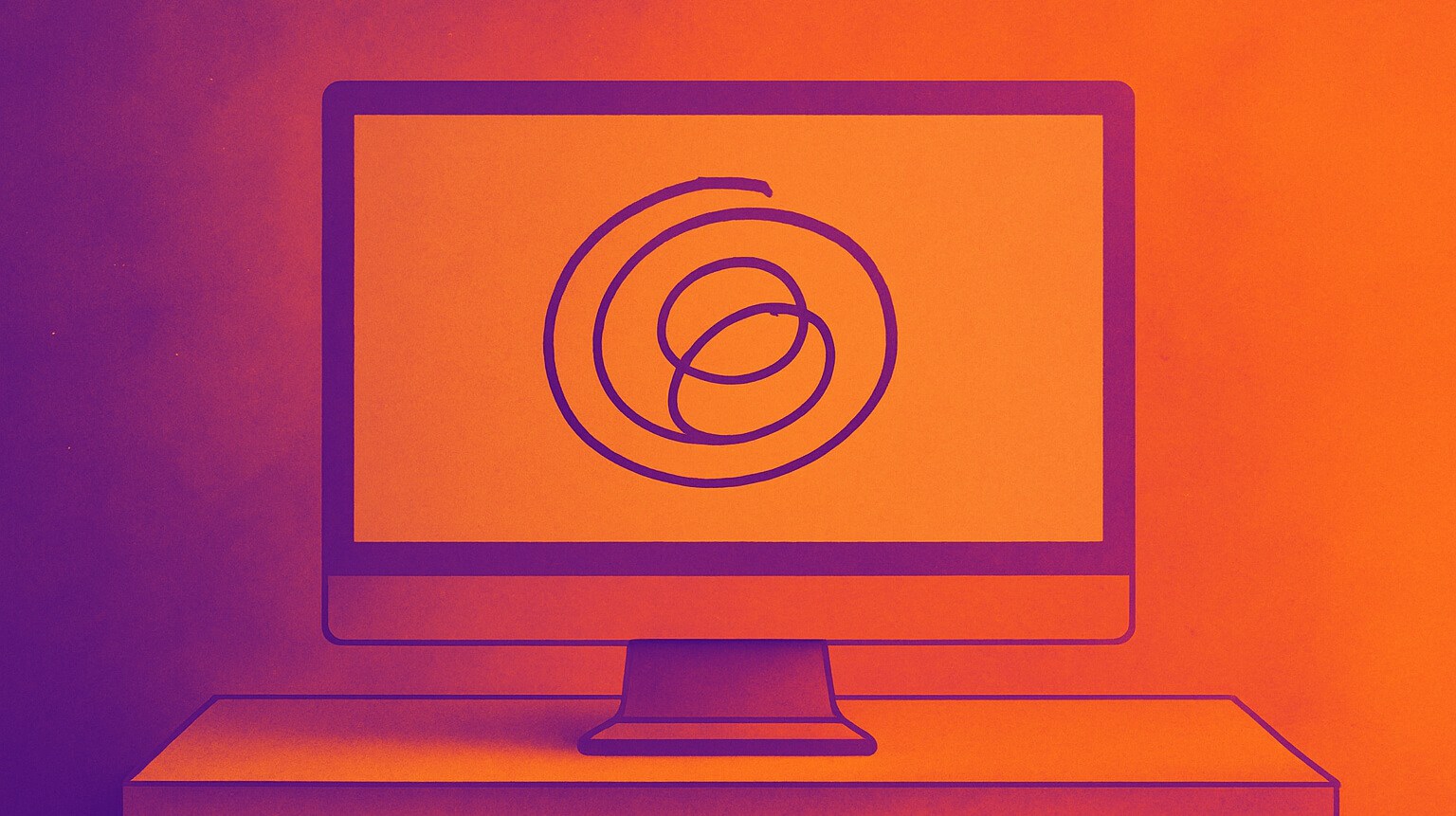Look down at your phone right now. Feel that slight pull in your neck? At this angle, your cervical spine is supporting 60 pounds of force—five times the normal weight of your head. Do this for three hours a day (the national average), and you've just subjected your neck to 180 pounds of cumulative stress. No wonder 73% of remote workers report chronic neck pain.
What Is Tech Neck?
Tech neck, also known as text neck syndrome, describes the chronic neck and shoulder pain caused by prolonged forward head posture while using smartphones, tablets, and computers. When you tilt your head forward to look at a screen, the weight on your cervical spine increases dramatically. At a 60-degree angle—typical for smartphone use—your neck supports about 60 pounds of force, compared to the normal 10-12 pounds when your head is upright.
Recent medical studies show that tech neck has reached epidemic proportions. More than a quarter of medical students now suffer from text neck syndrome, with the prevalence continuing to rise as our screen time increases. The average American spends over three hours daily on their phone, checking it 58 times throughout the day.
Your Spine Wasn't Built for This
Your neck has a natural curve that acts like a spring, distributing weight evenly across vertebrae and discs. Forward head posture flattens this curve. Picture a spring that's been stretched too far—it loses its ability to bounce back. That's what's happening inside your neck right now.
Research from the Journal of Musculoskeletal Surgery reveals that 63.1% of young adults are now addicted to smartphone use, spending more than four hours daily in harmful postures. Each inch your head moves forward adds 10 pounds of stress to your neck muscles. Over time, this leads to:
- Muscle strain and spasms
- Disc compression and herniation
- Early onset arthritis
- Reduced lung capacity (up to 30%)
- Chronic headaches and migraines
The shift to remote work in 2020 turned kitchen tables into offices and couches into desks. Device usage jumped from occasional to constant. Medical students reported spending 8-10 hours daily hunched over laptops, turning what used to be occasional soreness into persistent pain that follows them to bed.
Recognizing Tech Neck Symptoms
Tech neck starts quietly. First, it's just tension after a long day. Then you're waking up with a stiff neck twice a week. Soon, turning your head to check blind spots while driving becomes painful. Most people don't connect these dots until an MRI shows disc degeneration that's been building for years.
Early warning signs include:
- Persistent neck stiffness, especially in the morning
- Sharp pain when moving your head side to side
- Numbness or tingling in your arms
- Frequent tension headaches
- Upper back pain between the shoulder blades
Advanced symptoms signal more serious problems:
- Shooting pain down one or both arms
- Muscle weakness in hands or fingers
- Balance problems or dizziness
- Vision changes or eye strain
- Jaw pain or TMJ dysfunction
Mayo Clinic research confirms that untreated tech neck can lead to permanent spinal changes, including loss of the natural curve, bone spurs, and accelerated disc degeneration. What starts as occasional discomfort can evolve into disability requiring surgical intervention.
What Actually Prevents Tech Neck
Forget the gimmicky posture gadgets and expensive ergonomic chairs. Prevention comes down to physics: keeping your head balanced over your spine instead of hanging off the front of it. Here's what the research shows works:
Device Positioning: Your screen should be at eye level, whether it's a phone, tablet, or computer monitor. For smartphones, this means holding the device up rather than looking down. Use a laptop stand or external monitor to achieve proper height. The top of your screen should align with your eye level when sitting straight.
The 20-20-20 Rule Enhanced: While the traditional 20-20-20 rule focuses on eye strain, tech neck prevention requires movement. Every 20 minutes, take a 20-second break to perform neck rotations and shoulder rolls. This prevents muscles from locking into harmful positions.
Ergonomic Workspace Setup: Invest in proper work-from-home ergonomics. Your chair should support your lower back, feet flat on the floor, with arms parallel to the ground when typing. Position your monitor 20-26 inches from your face.
Regular Break Reminders: The most effective prevention strategy is consistent breaks. Set reminders to stand, stretch, and reset your posture throughout the day. Apps like LookAway can automate this process, ensuring you never skip crucial movement breaks that protect your spine.
Exercises That Actually Help
These aren't yoga poses or complex stretches. They're simple movements that undo the damage of forward head posture. The research backs them up—people who do these daily see significant improvement in 4 weeks.
Chin Tucks: The most effective exercise for tech neck. Pull your chin straight back (not down) as if making a double chin. Hold for 5 seconds, repeat 10 times. This strengthens deep neck flexors and stretches tight posterior muscles.
Wall Angels: Stand with your back against a wall, arms in a "goal post" position. Slowly raise and lower your arms while maintaining contact with the wall. This opens the chest and strengthens upper back muscles weakened by slouching.
Neck Rotations with Resistance: Place your hand against the side of your head. Gently push your head into your hand while resisting the movement. Hold for 5 seconds on each side. This builds strength in all directions.
Upper Trapezius Stretch: Tilt your head to one side, bringing your ear toward your shoulder. Place the opposite hand on top of your head for gentle additional stretch. Hold for 30 seconds each side.
Studies show that combining these exercises with regular movement breaks can reduce tech neck symptoms by up to 70% within four weeks. The key is consistency—performing them daily, not just when pain strikes.
The Choice You Make Every Day
Right now, 73% of remote workers are living with neck pain they've normalized. They've accepted morning stiffness and evening headaches as the price of modern work. But physics doesn't care about deadlines—every hour in bad posture adds up.
The research is clear: people who take regular movement breaks report 70% less neck pain than those who don't. Not because they're doing anything special, but because they're giving their spine moments to reset throughout the day.
You can keep pushing through the discomfort, or you can change how you work with screens. The solution isn't complicated—it's just consistency. Set up your workspace properly. Take breaks. Move your neck. Tools like LookAway can remind you when you're too focused to remember.
Your neck is telling you something. Maybe it's time to listen.



